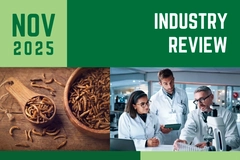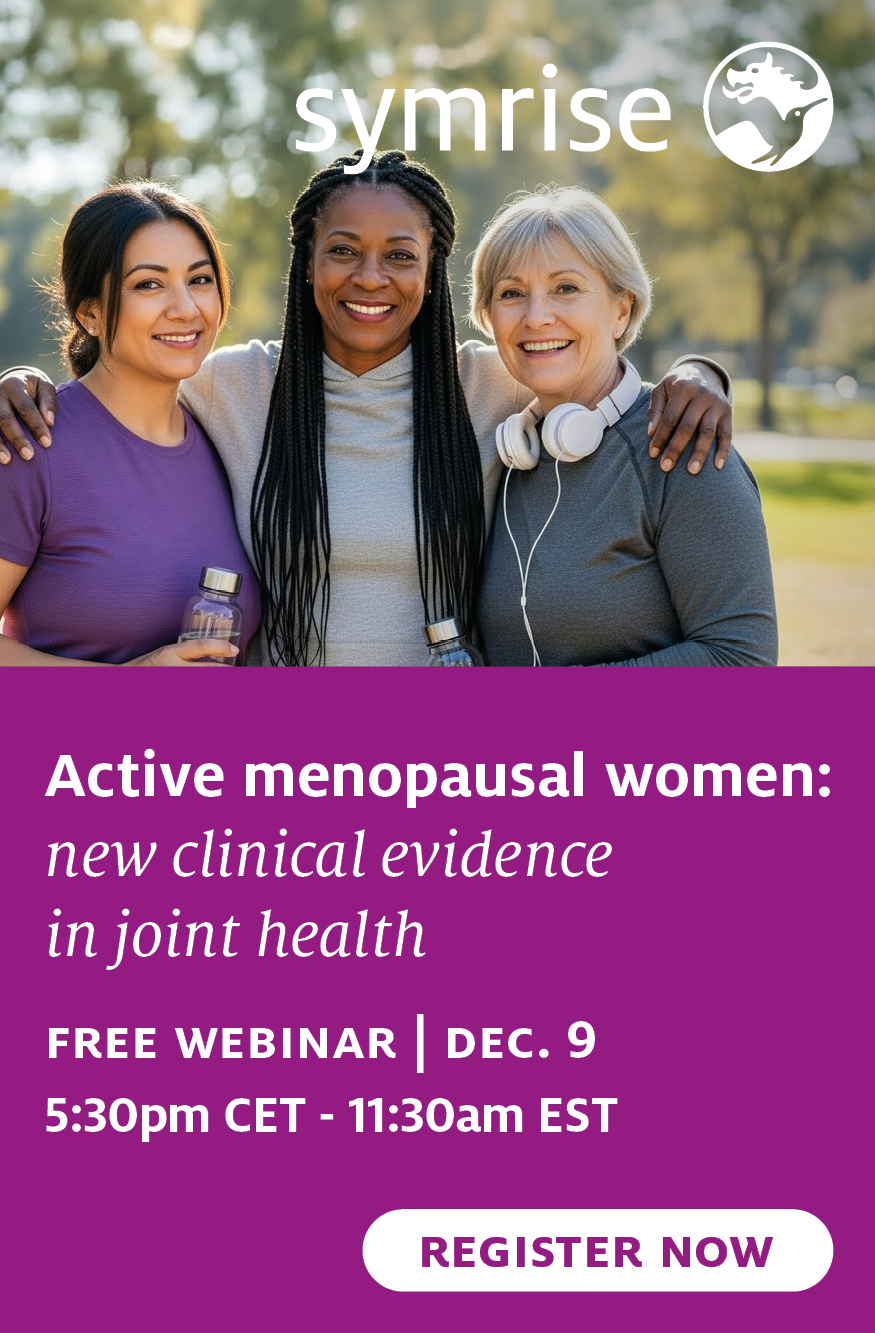The results are in: How has industry responded to the WHO microplastic review?

27 Aug 2019 --- Microplastics have been found across the globe, ranging from urban spots to the incredibly rural. Yet, the question of how much they may impact human health had remained unanswered. Findings from the World Health Organization’s (WHO) review into their potential impact were released last week. The main takeaway is that the health risk appears to be low, yet more research is required. PackagingInsights takes a look at how industry experts have responded to the findings.
According to WHO’s analysis – which summarizes the latest knowledge on microplastics in drinking water – microplastics larger than 150 micrometers are not likely to be absorbed in the human body and uptake of smaller particles is expected to be limited. Absorption and distribution of very small microplastic particles, including in the nano-size range may, however, be higher, although “the data is extremely limited.” 
The report also highlights the need for the development of improved and standardized methods for microplastic analysis at the top of its list of knowledge gaps and research needs. The report should be welcomed as the starting point in gaining a greater understanding of the effects of microplastics in drinking water, say experts.
The report should be welcomed as the starting point in gaining a greater understanding of the effects of microplastics in drinking water, say experts.
“A welcome starting point”
Commenting on the study, David Green, Chair of IChemE’s Environment Special Interest Group, says that it should be welcomed as the starting point in gaining a greater understanding of the effects of microplastics in drinking water.
“The authors have limited their study to bottled and tap water which is understandable and they acknowledge the dearth of available data. Nonetheless, they have accurately summarized the current understanding and applied suitable risk assessment methodologies,” Green says
“Within the limits of the study, they have shown that existing treatment methods are effective at limiting exposure to microplastics. The initial conclusions give some measure of comfort for the current situation but do highlight that the future may not be as optimistic. The call for greater research into uptake from other water sources is appropriate as is the precautionary recommendation to limit plastic releases. We await further studies with interest,” he adds.
Alistair Boxall, Professor in Environmental Science at the University of York, UK, tells PackagingInsights that he is not surprised by the findings. “We know microplastics are everywhere, even in the arctic, so I think it is inevitable that they will find their way into drinking water and food. Recent work has also detected microplastics in human feces showing that we are exposed,” he says.
In October of last year, Boxall published an investigation into the published literature on microplastics, indicating “significant gaps in our understanding of the effects” of the less than 5mm size plastic particles on the environment. Boxall and study co-author, Emily Burns, called for “better quality and more holistic monitoring studies alongside more environmentally realistic effects studies on the particle sizes and material types that are actually in the environment.”
More research warranted
The acceptance of knowledge gaps was echoed in the WHO report. It notes that more research is needed to better understand the occurrence of microplastics in the environment that may result in human exposure.
Although routine monitoring is not recommended, the report says that it would be appropriate to undertake targeted, well designed and quality-controlled investigative studies to better understand the sources and occurrence of microplastics in fresh water and drinking water, the efficacy of different treatment processes and combinations of processes, and the significance of the potential return of microplastics to the environment from treatment waste streams including the application of sludge biosolids to agricultural land.
Other organizations are also researching this topic. Measures should be taken by policymakers and the public to better manage plastics and reduce the use of plastics where possible, says the report.
Measures should be taken by policymakers and the public to better manage plastics and reduce the use of plastics where possible, says the report.
Javier Mateo-Sagasta, Senior Researcher in Water Quality, International Water Management Institute (IWMI), commented on the findings, highlighting that IWMI is also working with the UN Environment Programme to assess what is the most cost-effective combination of solutions to solve this challenge.
“It [the WHO assessment] adds to the growing body of evidence that microplastics are a huge issue, both for our health and for the environment and that this needs urgent addressing,” he says.
He also supports one of the WHO conclusions that we must address single-use plastic waste in the environment. “Banning single-use plastics such as plastic bags and plastic bottles is a growing trend. But more broadly we need to rethink how to design, produce, consume and dispose of the plastics that we’ll still use in the decades to come.”
The report also notes that irrespective of any human health risks posed by exposure to microplastics in drinking water, measures should be taken by policymakers and the public to better manage plastics and reduce the use of plastics where possible, to minimize plastics released into the environment because these actions can confer other benefits to the environment and human well-being, WHO stresses.
According to Boxall, the simple answer is to phase out single-use plastics and develop improved recycling systems for multi-use plastics. “We should also look to develop ways in which we can catch particles at source. For example, filters on washing machines to collect particles generated by clothing and filtration systems on highways to remove tire particles.”
On a concluding note, Dr Andrew Mayes, Senior Lecturer in Chemistry, University of East Anglia (UEA), UK, says, “The key finding, that microplastics in drinking water pose a low risk to human health, based on current available evidence, will no doubt come as a relief to worried members of the public, who may have been alarmed following widespread media attention to scientific reports of microplastics in mains water and bottled water over the last couple of years.”
By Laxmi Haigh














